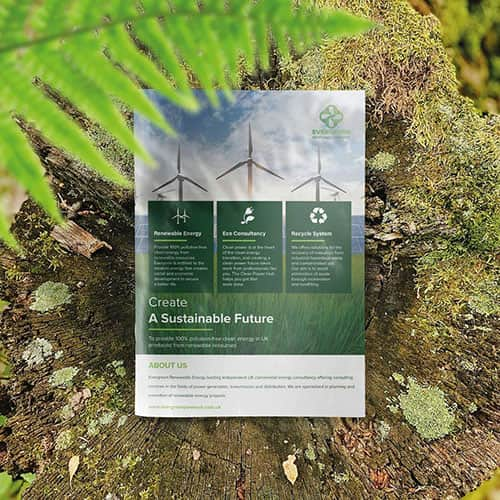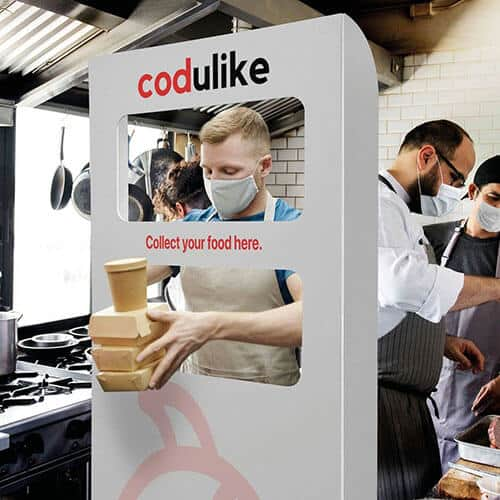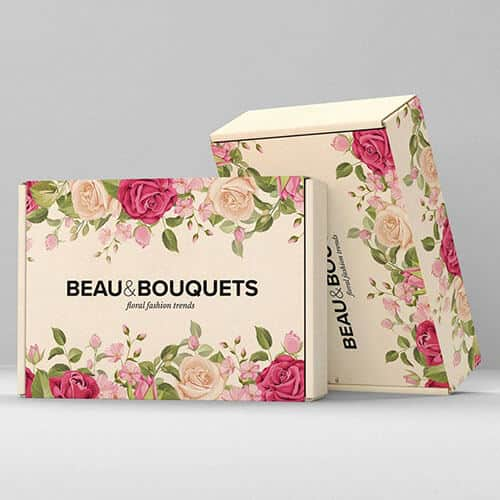Preparing accurate, professional print-ready files is one of the most important steps in achieving flawless results. Whether the project involves leaflets, menus, posters, or business stationery, the way the artwork is supplied determines how well the final print aligns with the original design. For anyone working with local printers in Hackney, including the team at Printingprogress, ensuring files are set up to industry standards helps avoid delays, removes the risk of errors, and prevents unnecessary additional costs.
For support with artwork setup, the print specialists at Printingprogress are available on 0800 999 1094 or info@printingprogress.co.uk.
At Printingprogress, every job is handled with precision and care. Attention to detail sits at the heart of the process, ensuring Hackney businesses always receive sharp, high-impact print that reflects their brand at its best.
Getting Started With Print File Preparation
Before diving into the technical setup, it helps to understand why preparing files correctly is so crucial. Print is a physical product. Once it is produced, errors cannot be “undone” with a simple edit. Proper preparation ensures the final result matches the intended design in clarity, colour, and layout.
Here are the fundamentals every Hackney business should know:
- File Format: PDF, AI and EPS remain the most reliable for professional print.
- Colour Mode: Always set artwork to CMYK, as printers do not use RGB.
- Resolution: All images should be 300dpi or higher.
- Fonts: Always embed or outline fonts to prevent unwanted substitutions.
- Bleed & Safe Zone: Add a 3mm bleed, and keep key elements 5mm inside the trim line.
By getting these details correct from the start, communication with your Hackney printer becomes smoother, turnaround times improve, and the potential for additional costs is reduced.
Design For Print In Hackney: Best Practices For File Setup
Whether the design is created in Adobe Illustrator, Photoshop, InDesign or another tool, following print-friendly guidelines ensures a seamless production process.
1. Use Print-Approved File Types
The most widely accepted formats include:
- PDF: Preserves layout accuracy, fonts, imagery, and colour settings.
- AI / EPS: Ideal for vector artwork that requires resizing without losing quality.
- TIFF: Suitable for high-resolution photographic images.
2. Always Work In CMYK
Digital screens display colour in RGB, but printers use CMYK inks. Converting artwork before export prevents colour shifts and ensures the final print resembles the digital design as closely as possible.
3. Maintain High Resolution
Low-resolution images may look fine on screen but can appear pixelated when printed. For crisp, clean output, ensure the artwork contains images at 300dpi or higher.
4. Set Bleed & Safe Margins Correctly
- Bleed: Extend background colours and images at least 3mm beyond the trim edge to avoid white borders.
- Safe Zone: Keep logos, text, and essential details at least 5mm inside the trim size to prevent accidental cutting.
5. Outline Fonts & Flatten Transparencies
- Fonts: Converting text to outlines ensures a consistent appearance, even if the printer does not have the font installed.
- Transparencies: Flatten layers to avoid unexpected effects during production.
Practical Tips For Preparing Print Files in Hackney
Preparing files for professional printing involves more than technical settings—it requires careful checking and thoughtful organisation. These tips help streamline the process:
1. Use Templates Wherever Possible
Many Hackney print shops, including Printingprogress, offer free templates for common products such as business cards, brochures, or banners. These ensure artwork aligns perfectly with the required specifications.
2. Conduct a Detailed Content Review
Spelling mistakes, misplaced images or incorrect contact details can be costly to fix after printing. Reviewing the artwork thoroughly, ideally with another pair of eyes, helps catch errors early.
3. Compress Files Correctly
Large artwork files can be difficult to send. Use lossless compression or secure file-sharing platforms to reduce size while maintaining print quality.
4. Label Files Clearly
Use simple, descriptive names such as: Brochure_Hackney_V2.pdf
Clear naming prevents confusion during production.
5. Request a Pre-Print Proof
Before committing to a full print run, request a digital or physical proof. This step allows you to verify colour accuracy, alignment, spacing, and overall layout.
6. Consult Hackney’s Print Experts
If unsure about any part of the process, the specialists at Printingprogress are always ready to help. Guidance at the preparation stage often prevents reprints, delays, and unnecessary costs.
Set Your Print Job Up For Success With Printingprogress
Preparing files correctly is essential for high-quality print. Printingprogress works closely with individuals, SMEs, creatives, and established brands throughout Hackney, ensuring that every artwork arrives production-ready. From flyers and menus to custom signage and brochures, the team provides expert guidance at every stage.
As one of Hackney’s leading print partners, Printingprogress ensures clarity, efficiency, and outstanding results with every order.
For professional support, contact 0800 999 1094 or info@printingprogress.co.uk and let Hackney’s print specialists bring your artwork to life.
FAQs
1. What does print-ready mean?
A print-ready file is fully prepared for production. It includes the correct dimensions, CMYK colour settings, 300dpi images, outlined fonts, and all required bleed.
2. How do you convert artwork to CMYK?
Most design software allows this within colour settings. Converting before exporting prevents colour mismatch.
3. What resolution should images be?
Images must be at least 300dpi to ensure clarity and sharpness in print.
4. Can Microsoft Word or PowerPoint be used for print designs?
It is possible, but not recommended. These programs may cause layout inconsistencies. Always export to a high-resolution PDF if using them.
5. Where can businesses get help preparing files in Hackney?
Printingprogress offers complete assistance with preparing, reviewing, and printing files to ensure professional results every time.


 Eco friendly, sustainably sourced recycled FCS certified print
Eco friendly, sustainably sourced recycled FCS certified print Takeaway Screens
Takeaway Screens Postal Boxes
Postal Boxes